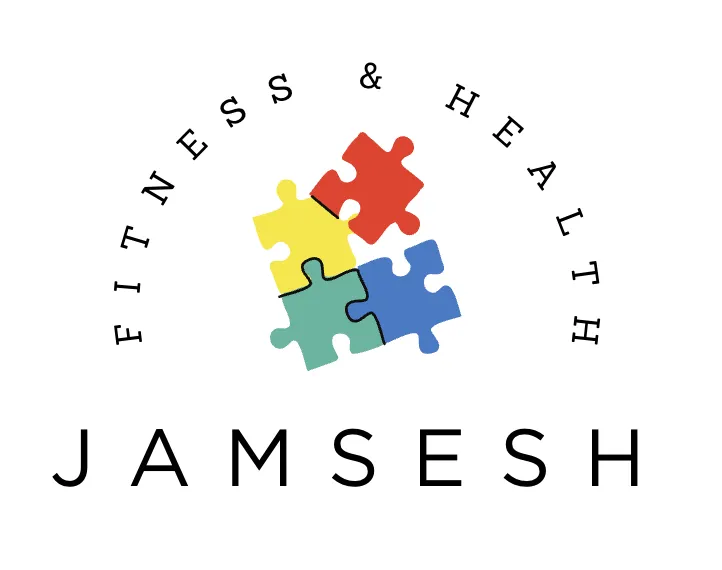
Helping men and women in their 40s and beyond achieve weight loss and feel great in their own skin with simple diet, exercise, and lifestyle strategies. As an online personal trainer, I provide solutions to put all the pieces of your fitness and health puzzle together.

"Tuning In: Simple Steps to Help Manage ADD for a Sharper Mind"
Understanding ADD: A Simple Guide with Everyday Examples
ADD, or Attention Deficit Disorder, is like a radio that can't quite tune into the right station. It involves ongoing issues with focus, impulsiveness, and learning difficulties that don't necessarily include hyperactivity. Think of it as having a brain that's always just a bit out of sync with the surroundings.
Why Does ADD Happen?
Diet: The Fast Track to Trouble
Imagine your brain as a car engine. If you put in bad fuel, like food additives, lots of sugar, or things you’re allergic to, the engine starts to sputter. Kids with ADD often have "good days" and "bad days," much like a car that sometimes runs smoothly and sometimes doesn’t start at all.
Sensory Input: Hearing and Seeing Clearly
Picture trying to have a conversation in a noisy room. If a child has fluid in their ears, it's like having earplugs in all the time. This can make it hard for them to hear properly, affecting speech, intelligence, and learning. Visual issues are like trying to read with foggy glasses—everything is just a bit off.

Nutrient Deficiencies: The Missing Ingredients
Our brains are like complex machines that need the right parts to work properly. Lacking key nutrients is like trying to bake a cake without flour or eggs. Iron deficiency, for instance, can make kids less attentive and more easily distracted. Zinc and omega-3 fatty acids (the healthy fats found in fish) are crucial, much like oil for a car engine.
Heavy Metal Exposure: The Silent Saboteur
Heavy metals, especially lead, are like sneaky thieves that rob the brain of its ability to function well. High levels of these metals are strongly linked to learning disabilities and hyperactivity in children.
Diagnosing ADD: Finding the Right Tools
Food Sensitivities: The Detective Work
Identifying food sensitivities is like detective work. Skin tests are quick and cheap but might miss some clues. Blood tests can give more information but are pricier and more invasive. Keeping a food diary and noting reactions can be like putting together a puzzle, revealing which foods might be causing issues.
Sensory Input: Hearing and Seeing Checks
Simple hearing tests and vision checks are like routine car inspections—they can reveal if something basic needs fixing. More detailed tests from specialists can dig deeper to find hidden problems.
Nutrient Deficiencies: Spotting the Gaps
Sometimes, looking at a child’s diet and physical symptoms can hint at nutrient deficiencies, like noticing if a plant isn’t thriving and figuring out it needs more water or sunlight. Blood, urine, and hair tests can provide a clearer picture, much like detailed soil tests for a garden.
Heavy Metals: The Hidden Danger
Hair analysis is a quick and cheap way to check for heavy metals, much like a canary in a coal mine. More detailed urine tests after taking a special medication can reveal deeper issues, and blood tests add another layer of information.
Managing ADD: Practical Steps
Diet: Fueling the Brain Right
For kids with ADD, it’s crucial to avoid sugary snacks, processed foods, and artificial additives—think of it as avoiding junk fuel for your car. Ensuring they eat balanced meals with plenty of protein and essential nutrients is like providing high-quality fuel to keep the engine running smoothly.
Supplements: The Extra Boost
Many kids with ADD benefit from vitamin and mineral supplements. B vitamins, omega-3 fatty acids, magnesium, and other nutrients can act like booster shots for the brain, helping it function better.
Detoxification: Clearing Out the Toxins
Detoxifying heavy metals is like cleaning out a clogged engine. It needs to be done slowly and carefully to avoid causing more problems.
Behavioral Interventions: The Finishing Touches
Upper cervical spine adjustments and cranial sacral therapy can help improve focus and mental clarity, much like fine-tuning a musical instrument to get the perfect sound.
By understanding and addressing these various factors, managing ADD can become more straightforward, helping children and adults alike to tune into their right station and thrive.
Hair Tissue Mineral Analysis (HTMA) can be a powerful tool in managing ADD by uncovering hidden imbalances and toxicities in the body. By analyzing a small sample of hair, HTMA provides detailed insights into mineral levels and heavy metal exposure.
This information helps pinpoint specific deficiencies or excesses that could be affecting brain function and behavior. For instance, identifying low levels of essential minerals like zinc or magnesium can guide targeted nutritional interventions, while detecting heavy metal burdens like lead can prompt necessary detoxification steps. Through this precise and personalized approach, HTMA offers a clearer path to optimizing brain health and improving symptoms associated with ADD. TEST DON'T GUESS.
If you would like to learn more about HTMA testing, email me at [email protected] and see HTMA (Hair Tissue Mineral Analysis) page on my website at jamseshfitness.com.

© Copyright JAMSesh Fitness and Health 2025
